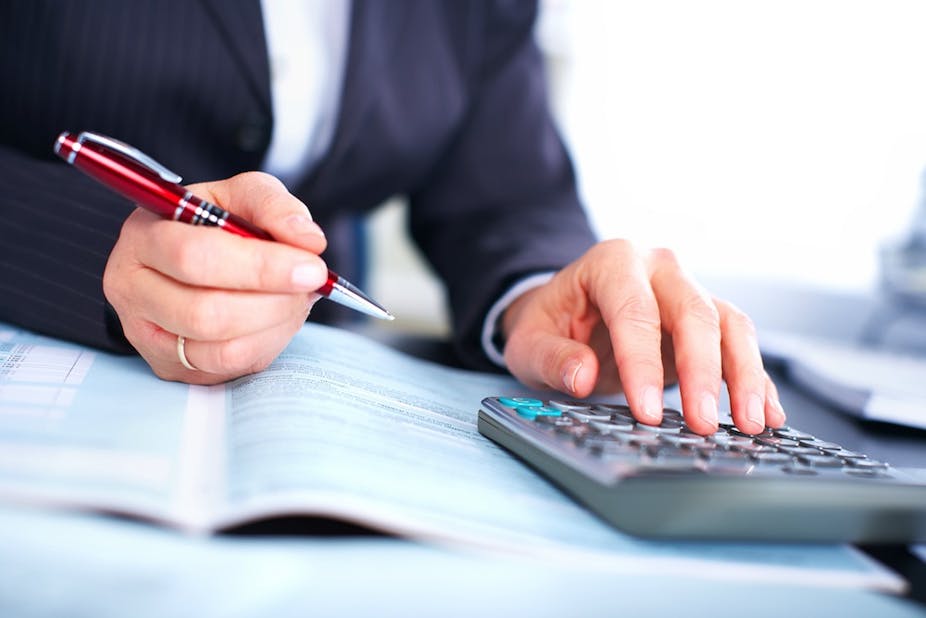At a time of much hand-wringing around the future of manufacturing in this country, especially in sectors dominated by foreign multinationals, we might take solace in the emerging efforts of an under-appreciated segment of the Australian business community – our international businesswomen.
Despite the glass ceiling domestically, increasing numbers of Aussie businesswomen occupy senior roles in internationally-engaged firms, making decisions about entries and expansion in foreign markets. Perhaps less visible, but with more far-reaching consequences, has been the rise of internationally active Australian businesses owned and operated by women.
Last year we partnered with Women in Global Business (WIGB) - a joint Australian, State and Territory Governments initiative - to survey Australian businesswomen about their international engagement.
This was the first large-scale attempt to understand the extent and reach of their organisations, the returns from such engagement and any barriers they may have encountered along the way.
Our survey of 423 women found a large, active group of women-owned businesses operating across a wide-range of foreign markets. These are mostly young, small-to-medium sized enterprises that have expanded internationally in the last six years. Despite their relative youth in the international arena, 29% of these women-owned businesses earn more than 50% of their sales revenue internationally.
A particularly intriguing finding was that these female entrepreneurs are predominantly Baby-Boomers (54% are 50+ years of age), with more than 70% holding a bachelors degree or higher, and 44% speaking a foreign language. This is a not particularly visible group of entrepreneurs, and certainly don’t conform to the stereotype we see in the business and popular press (that is, young, brash males).
Australia’s women-owned businesses have already achieved significant success overseas, with the majority operating in three or more foreign markets, and a third in six or more. There is a strong appetite for further expansion with 70% indicating they are seeking to expand into new markets, and only 1% intending to scale back their global reach.
The most common first locations for expansion by women-owned organisations were the US (17%), New Zealand (13%), the United Kingdom (9%) and Singapore (8%). China has been on the rise in recent years, with 13% of first entries in the past five years.
The countries most frequently identified as the “most important market” were the US (26%), China (18%), the UK (9%) and New Zealand (7%). China was more frequently cited as most important (20%) for organisations operating internationally for over five years. This is sure to increase with the ongoing rise of the Asian economies, and Australia’s Asia Century policy should incorporate more explicitly the role of Australia’s female entrepreneurs as a driver.
The women identified a variety of benefits flowing from this international presence, including increased innovation, strengthened strategic positions, and improved workforce capabilities.
The survey also identified a similar-sized group of women employed in senior roles within internationalised businesses that could easily be described as entrepreneurs-in-waiting.
These women are younger (only 21% were 50 plus), and even more highly educated (85% hold a bachelors degree or higher). Their businesses tend to be much larger, older and more experienced overseas, with a broader network of international operations.

But what we found was that women in senior roles (rather than operating their own firm) displayed higher levels of risk tolerance and self-efficacy – the typical correlates with entrepreneurship.
Coupled with their already high levels of international exposure, we argue these women represent a very promising pool of talent, who, with adequate resourcing and encouragement, could become Australia’s next generation of international entrepreneurs.
Internationalisation is not an easy task and these businesswomen have already cleared hurdles such as limited resources, needing to find alternative sources of funding and assistance; concerns about the exchange rate and the high Australian dollar; as well as the personal challenges of managing family and caring roles.
Both the range of barriers encountered and their severity were higher for owner-operators than for the senior female employees. This is a clear pointer to the large differences in access to resources, networks and information for these two groups of women.
Our study shows ample opportunities to nurture and assist Australia’s businesswomen in their international endeavours. A survey shows strong evidence of the positive impact of mentoring in reducing barriers and building confidence, and an appetite for more access to mentors (WIGB is one program that connects businesswomen as mentors). There is a clear role for greater information sharing, networking support, publicity around global success stories, and specifically targeted policy.
Our report Australia’s _Underestimated Resource:Women Doing Business Globally is available to download free from the WIGB website._

